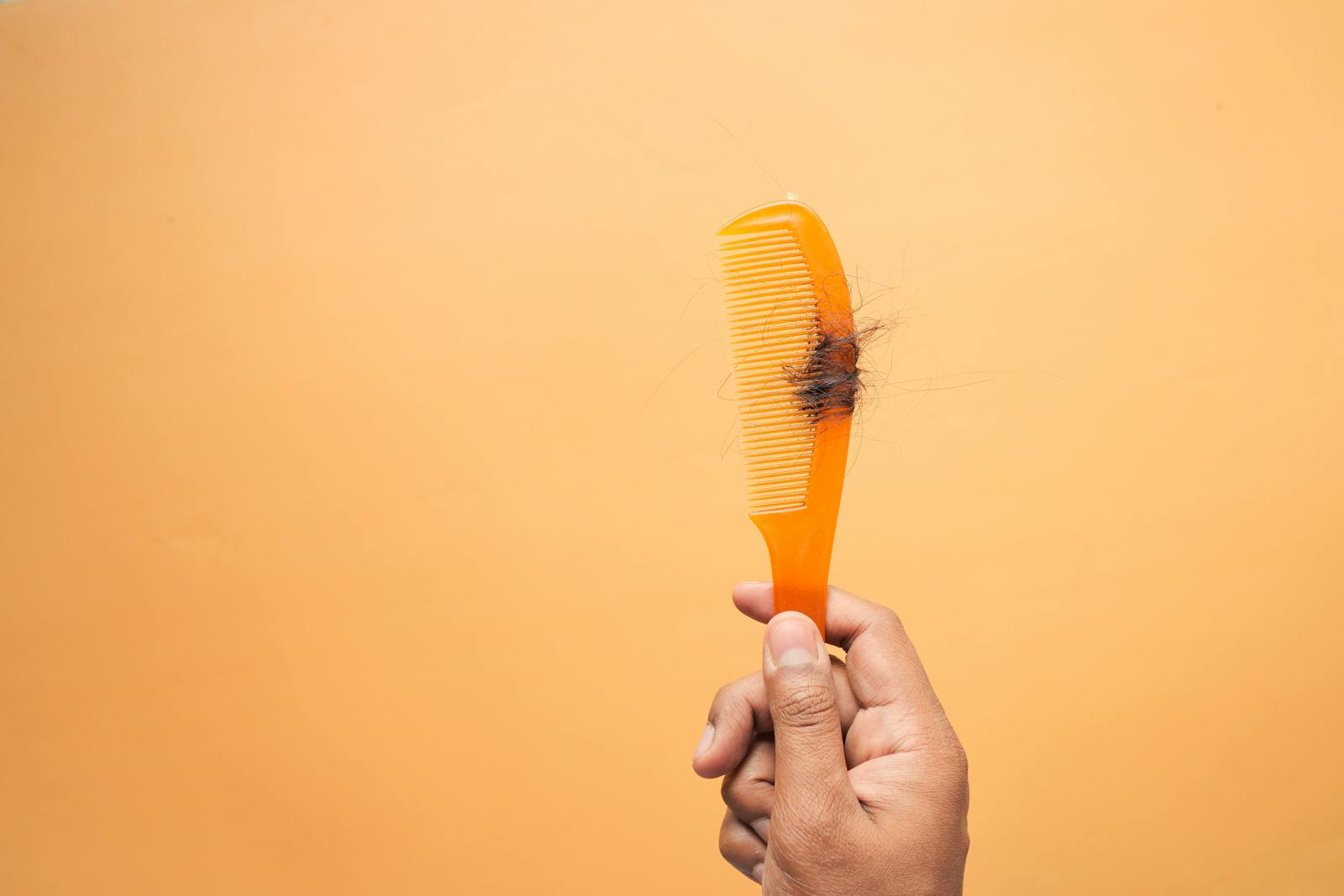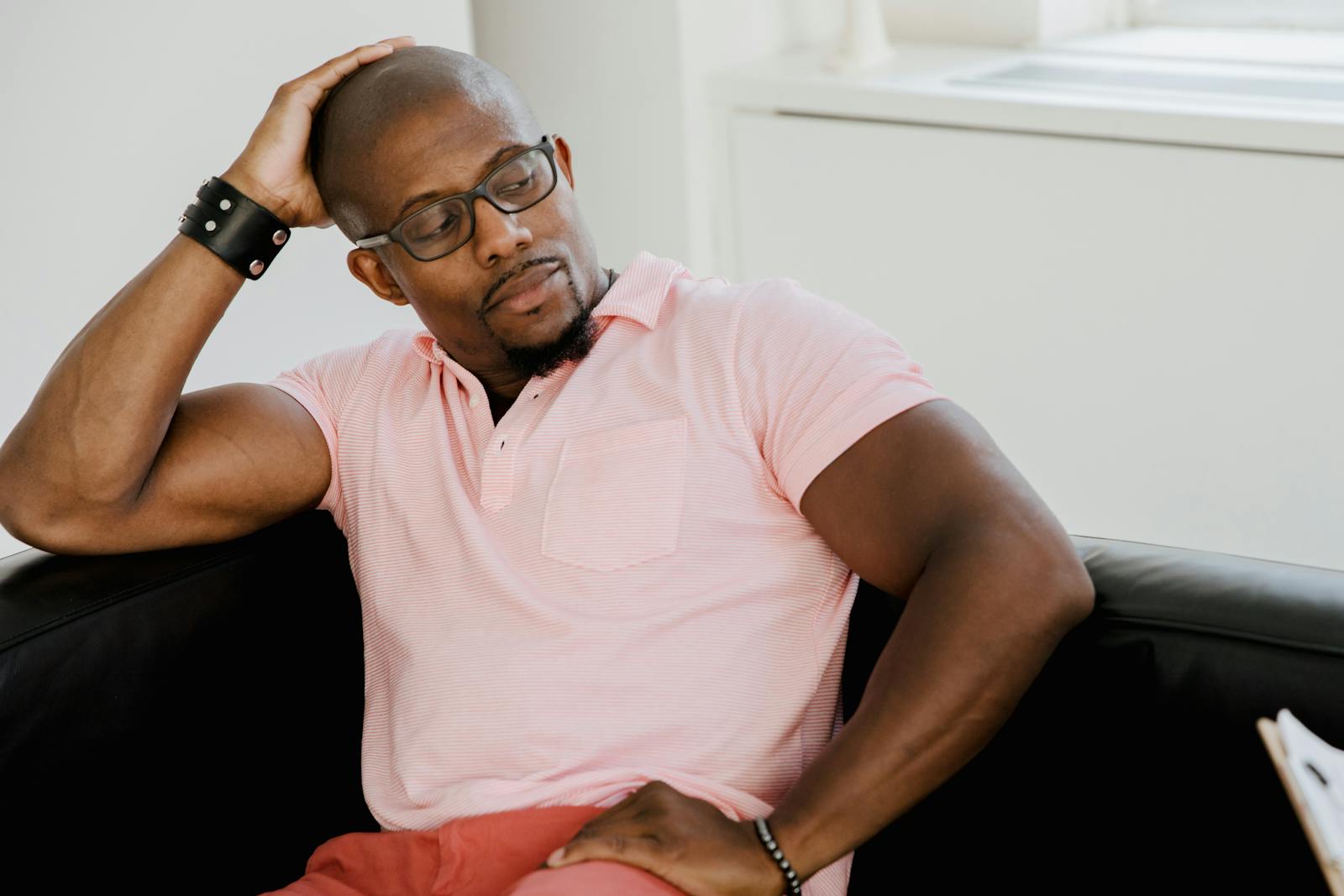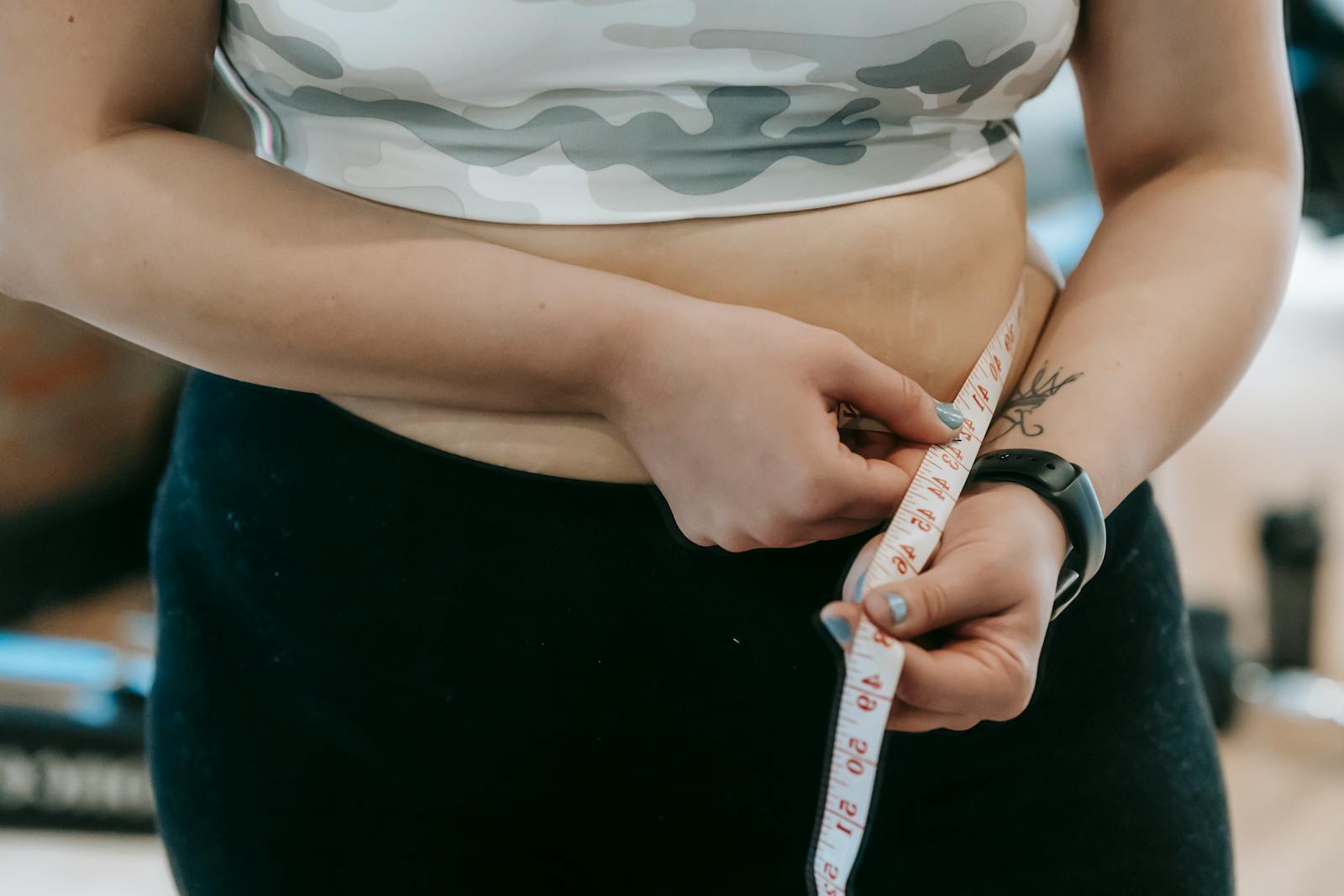We’ve all done it—slathered on an extra layer of hair cream thinking it will make our strands smoother, softer, and shinier. But when it comes to hydration, more isn’t always better. In fact, overloading your hair with leave-ins and treatments can suffocate your scalp, block oxygen flow to the roots, and even cause hair to weaken or break.
When Cream Turns Counterproductive
One of the most common misconceptions in hair care is that the more product you use, the better your results. It feels intuitive—dry hair must need more moisture, right? But applying excessive amounts of cream often leads to a greasy scalp, dull roots, and intense itching. The truth is, effectiveness depends on three key factors: the purpose of the product, your hair density, and your individual needs.
Hair is not all the same. Some strands readily absorb moisture because their cuticles are open, while others are tighter and need far less product. Understanding your hair’s porosity—the way it absorbs and retains moisture—can help you decide how much cream is really necessary.
Dry and Curly Hair: The Overhydration Trap
Dry or curly hair types often fall into the habit of over-moisturizing. Especially for those with tight curls, it’s common to reapply cream two or three times a day after each rinse, thinking that constant wetness equals hydration. In reality, this practice does more harm than good.
When you constantly soak your hair and coat it with product, the scalp never gets a chance to breathe. The result? Irritation, clogged follicles, and fibers so saturated they lose their ability to absorb nutrients or oxygen. Over time, the strands weaken, become brittle, and may even start to break.
Another subtle issue comes from certain formulations. Some creams contain sealing ingredients that close the hair cuticle, locking in shine—but also sealing in dryness if the strand wasn’t properly hydrated beforehand. That’s how issues like dandruff, seborrhea, and hair loss begin to appear. Hydration must come before sealing, not the other way around.
Oily Hair and the Illusion of Shine
Oily hair, too, suffers from excess cream. Many people reach for leave-ins, silicone serums, or keratin sprays hoping to boost shine or strengthen the strands. But these products often add unnecessary oil or create a stiff, heavy texture.
Always read product labels carefully. Some serums are silicone-based, which can coat the hair without providing real nourishment, while certain keratin sprays can leave the hair feeling hard and weighed down. Instead of applying layer after layer, start with a coin-sized amount—roughly the size of a dime—in the palm of your hands. Distribute evenly and avoid the roots altogether.
Smart Application for Different Hair Types
For curly hair, the best time to apply creams, lotions, or sprays is right after washing, when the strands are still damp. Detangle gently, let the curls set, and avoid brushing throughout the day. A light touch-up with your fingers is usually enough to refresh the shape.
Curl-enhancing products often contain “memory” ingredients, meaning they can reactivate softness with just a bit of moisture. So instead of reapplying full doses of cream, a simple mist of water can revive the texture without saturating the strands or scalp.
Coily or very curly hair benefits from the same principle. Focus on hydration right after washing and allow the scalp to dry properly before applying more product. Constant wetting keeps the scalp too moist, which can disrupt its natural cycle and make hair more prone to breakage.
Balance Is Everything
Healthy hair isn’t just about what you put on it—it’s about how your scalp and strands interact. Over-hydrating prevents the scalp from going through its natural three-phase cycle: growth, rest, and shedding. When that balance is disturbed, hair can appear dull, thin, or lifeless, regardless of how many treatments you apply.
That’s why leave-ins, curl activators, and heat protectants should be used with intention. Consider your lifestyle, environment, and daily exposure. A swimming instructor, for instance, may need more frequent hydration because of chlorine exposure, while someone who spends most days indoors might only need a mild conditioner. Even a partially rinsed conditioner can sometimes be enough to maintain softness without buildup.
The Conscious Way to Care for Your Hair
There’s no universal formula for perfect hair care—only guidelines that need personal adjustment. Before reaching for more product, assess what your hair truly needs: Is it moisture, protection, or simply a break? Sometimes, less product allows your scalp to reset and your strands to regain their natural balance.
Every head of hair has its own rhythm. Learn to listen to it. If your scalp feels itchy or greasy, or if your strands look heavy and flat, it’s a sign you’re overdoing it. A little restraint today can save your hair’s health tomorrow. Use products purposefully, not compulsively, and you’ll find that moderation often brings the most beautiful results.




